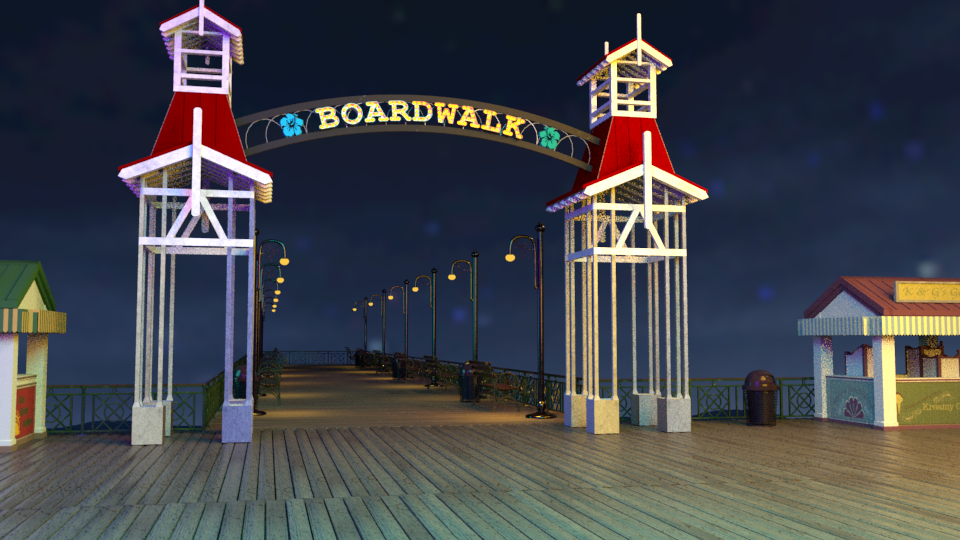Projects
Butterflies: Procedural Pattern Generation
For my final project as a PUP intern, I used Houdini to procedurally generate patterns for butterfly wings. The patterns are produced along the topology of the butterfly and then mapped to UV space. An orthographic camera renders the UV projection to a texture, which is then used to shade the wings.
There are four categories of patterns: veins, stripes, spots, and eyes. Veins are generated either with shortest edge paths from the inner corner of the wing to the outer rim, or with a radially warped voronoi cell pattern. Stripes are generated by various distance ramps from the inner corner of the wing. Spots are varying sizes and densities of voronoi cells. The eye spots are produced with distance ramps centered towards the outer portion of the wing.
I shaded the butterflies in Flow, mixing random combinations of colors and the generated textures. The randomization depended on the model ID, so each butterfly is assigned a different combination, which is evident in the scene below with over 80 unique butterflies.





Software used: Houdini, Flow, Presto, Katana, Renderman, Adobe Photoshop
Process:

Generated Patterns
Vein Growth
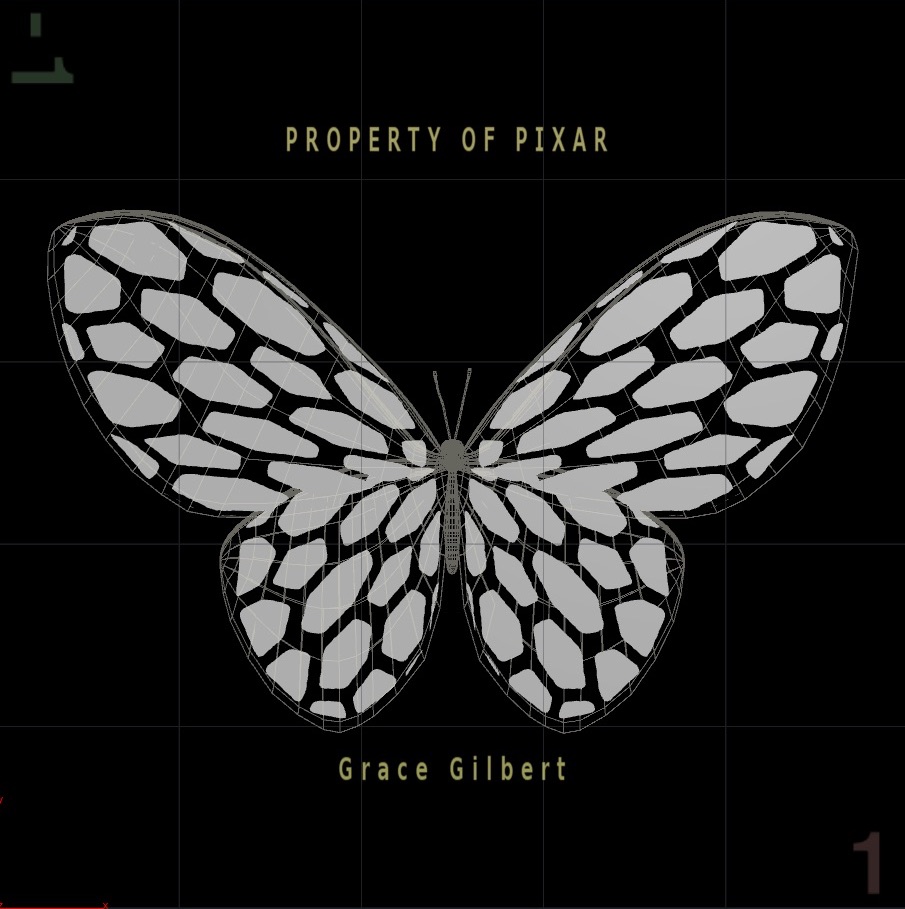

Mesh to UV Mapping

Orthographic Camera Setup
Midnight Stroll
As an independent study project, a classmate and I created a short environment scene to experience working through a complete production pipeline from start to finish. We created a nighttime boardwalk scene with waves lapping underneath a peaceful pier lit by carnival lights in the background.
I am responsible for simulating and surfacing the water in Houdini using the FLIP Solver. I simulated the concession stand awnings blowing in the wind using nCloth in Maya. I modeled the benches, lamps, the base of the boardwalk, and the sand, all of which was done in Maya except the sand, which was done in Houdini. I shaded the benches, lamps, railings, sand, and the water. Other than the water, which was shaded directly in Maya, all shading was done in Substance Painter. I contributed to lighting the scene, particularly refining the general lighting, and lighting the water. I set up the camera composition and movements, and then rendered the scene with Arnold.
Software used: Autodesk Maya, Houdini, Substance Painter, Arnold, Adobe Photoshop
Candyland Mini Minecraft
For a group project, two other students and I created a candyland-themed mini version of Minecraft. I am responsible for implementing efficient terrain generation based on a chunking system; generating procudural rivers using L-Systems, one linear and one delta; creating cotton candy clouds that are constructed using fractal Brownian motion; shadow mapping; and setting up the multiple render passes, one as a distance field for shadow mapping, one of the sky texture used to fade away the clouds, one of the terrain, and finally a post-process overlay for underwater movement.

Linear L-System River

Delta L-System River
Software used: C++, OpenGL, Adobe Photoshop
PUP Group Project
After spending seven weeks learning all stages of Pixar's pipeline, the nine PUP interns spent a week working together on an animated short from concept to completion. We created a shipwreck in the middle of the ocean. One of the passengers had been writing letters to deliver to his family.
I am responsible for the water simulation in the third shot of the film. I simulated and surfaced the water in Houdini using the FLIP Solver. The curl of the water particles is used as a signal to the shader to produce the white water effect. To shade the water, I customized one of the studio's existing water shaders.
Software used: Autodesk Maya, Flow, Houdini, ZBrush, Presto, Katana, Renderman, Nuke, Adobe Photoshop
Fireworks
For my PUPs effects week project, I made a fireworks simulation in Houdini. For the fireworks particles, I used a POP simulation, and I used the Houdini Pyro Solver to create smoke trailing behind the particles. I instanced point lights on some of the particles to allow the firework bursts to light up the smoke and the scene.
Software used: Houdini, Mantra
Monte Carlo Pathtracer
Over the course of two months, I implemented a Monte Carlo Pathtracer with various illumination techniques, including direct lighting, global illumination using multiple importance sampling, and photon mapping with a k-d tree. Included features are refractive materials, Fresnel reflection, microfacet materials, a thin-lens camera, constructive solid geometry, and implicit surfaces using ray marching. The pathtracer supports different types of light sources, including area lights, point lights, and spot lights.

Global Illumination and Microfacet Reflection

Implicit Tangle Cube
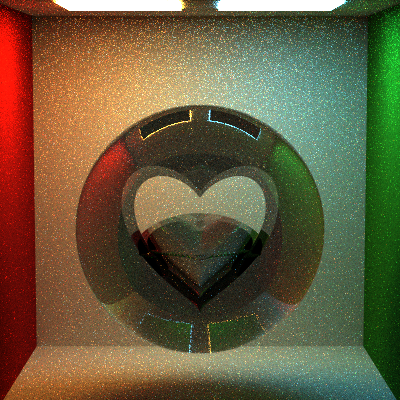
Implicit Heart Subtracted from Glass Sphere

Thin-lens Camera: 32mm focal length, 0.8 lens radius

Photon Mapper: 100,000 photons, 0.4 search radius

Fresnel Reflection

Garden Scene with UV Mapping
C++, OpenGL
Shading: Rusted Lamp
Over the course of two weeks as a PUP intern, I modeled and shaded a rusted lamp.
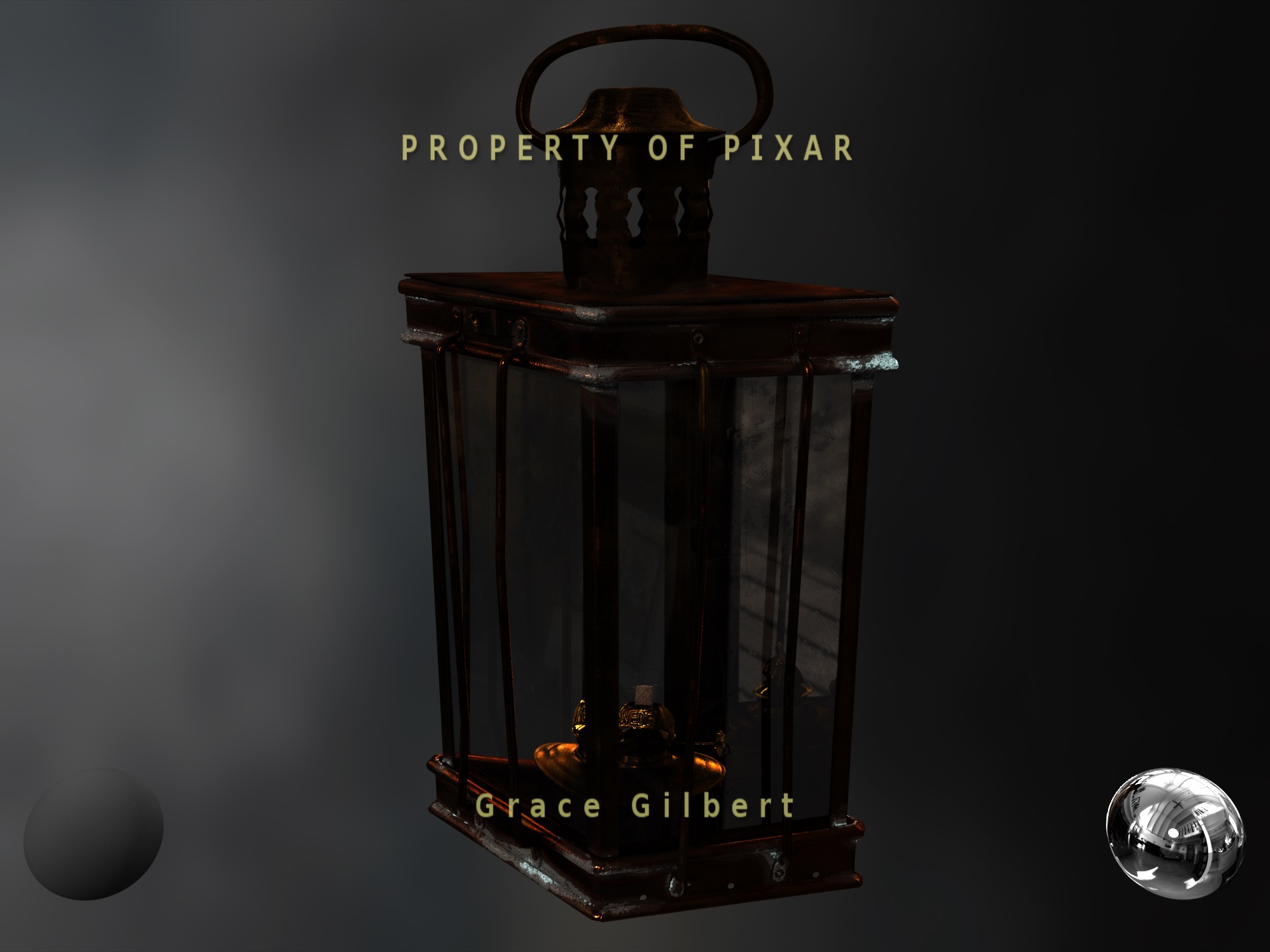

Software used: Autodesk Maya, Flow, Katana, Renderman
Lighting: Shawshank Woody
For my PUPs lighting week project, I lit Woody to match a shot from Shawshank Redemption.

Software used: Katana, Presto, Nuke, Renderman
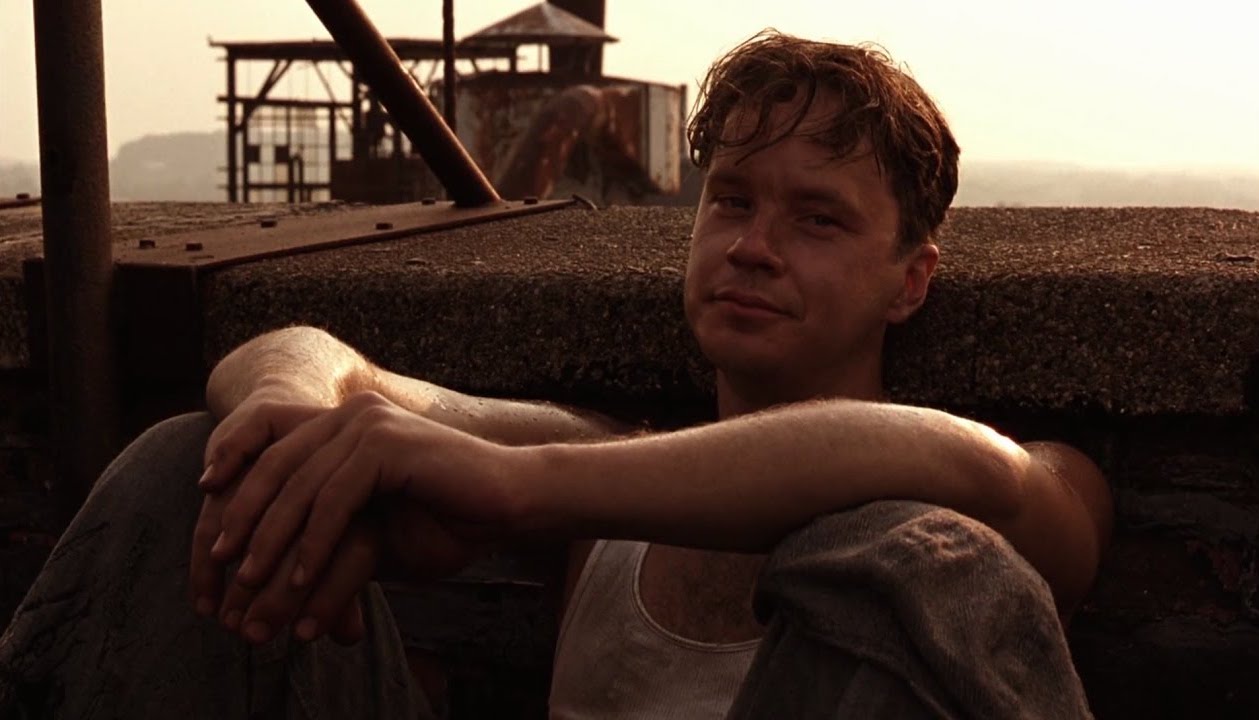
Reference Image
